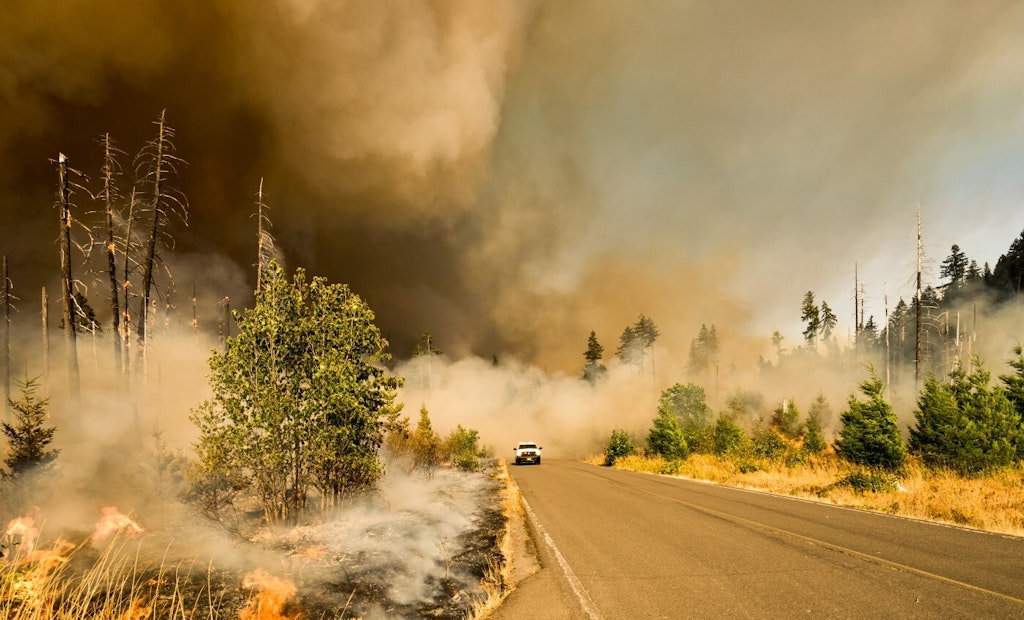Interested in Water?
Get Water articles, news and videos right in your inbox! Sign up now.
Water + Get AlertsWildfires represent a natural occurrence that possesses potential regenerative properties for ecosystems. As stated by the U.S. Environmental Protection Agency (EPA), these fires, intensified by climate change, have exhibited increased severity and adverse effects on vegetation, wildlife, and water systems.
Trends in Texas Wildfires
An article from the Texas Water Resources Institute cited a 2021 report from the Office of the Texas State Climatologist which highlighted the amplified prevalence of drought throughout the state. Extended periods of aridity create ideal conditions for massive wildfires in Texas and across the nation.
Newsha Ajami, Ph.D., chief development officer for research at Lawrence Berkeley National Laboratory’s Earth & Environmental Sciences Area, says in the article, “The wildfire experience in the past five years has been notably different. We're witnessing larger, more severe fires, and the fire season has extended, occurring at varying times of the year.”
While drought directly influences the correlation between wildfires and water systems, the increased occurrence and intensity of fires pose direct and indirect repercussions for water.
Categorizing Wildfire Impacts on Water
In his interview with Texas Water Resources Institute, Ajami categorizes the impacts of wildfires on water into three aspects: water quality, water quantity, and water infrastructure.
He mentioned that during wildfires, natural and inorganic materials, including carcinogens and metals, can be burned and transported, adversely affecting the health of these three aspects of water systems.
“The burned natural materials can enter watersheds and eventually wash into water bodies as sediment,” Ajami says. “Some of the material in urban areas, for example different carcinogens and different metals, can burn and eventually get washed into our water bodies.”
Additionally, management strategies during wildfires, like deploying sandbags or chemical fire suppressants, might harm water quality and disrupt water flow.
Wildfires can also disrupt snow melt, accumulation, infiltration, and runoff processes, affecting the ecosystem's water balance and available water quantity.
Moreover, wildfires can impact water infrastructure by increasing sediment influxes into reservoirs, potentially misaligning management strategies around infrastructure.
Addressing Future Challenges
The unpredictable nature of wildfires complicates water management for utilities and water professionals, who primarily engage in post-fire efforts to mitigate the effects on water quality, quantity, and infrastructure.
She stressed the necessity for interdisciplinary research focusing on post-fire assessments to grasp the wildfire impacts comprehensively.
“As we experience more wildfires, understanding their social, environmental, and economic impacts becomes crucial for policy actions pre- and post-fire,” Ajami concluded. “Capturing these elements effectively is essential for effective policy measures.”
Information and quotes gathered from Texas Water Resource Institute article - https://twri.tamu.edu/news/2022/may/fire-and-water-how-wildfires-impact-water-quality-quantity-and-infrastructure/






